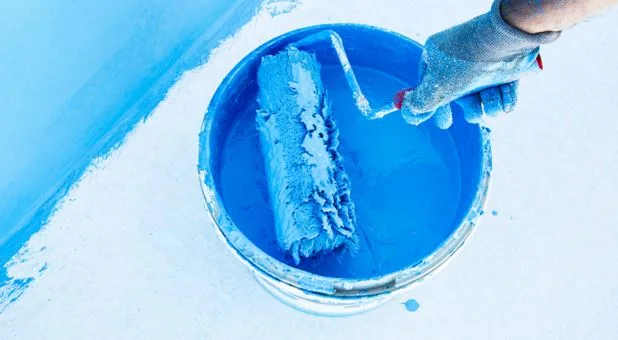The Science Behind Pool Paint: How It Prevents Algae and Mold Growth
Maintaining a clean and safe swimming pool requires more than regular water treatment. The type of surface coating used plays a critical role in preventing unwanted growth. High-quality pool paint offers more than aesthetic appeal; it provides a protective layer that resists algae and mold formation. Understanding how this protective barrier works can help ensure your pool stays hygienic and visually appealing throughout the year. When applied correctly, pool paint forms a durable surface that limits the conditions algae and mold need to thrive.
How Pool Paint Creates a Protective Barrier
Pool paint is formulated with specific chemical properties that make it resistant to moisture penetration. Sealing the porous surface of concrete or plaster eliminates tiny crevices where algae and mold spores typically anchor and grow. Additionally, the smooth finish makes it harder for these microorganisms to cling to the surface, allowing cleaning to be more effective. This combination of water resistance and surface smoothness significantly reduces the likelihood of organic buildup.
The Role of Surface Preparation and Application
Before applying any coating, the pool surface must be thoroughly cleaned and prepared. Removing dirt, mineral deposits, and loose materials ensures that the paint adheres properly. DIY users often use advanced methods to achieve this, which helps extend the coating’s life. Just like in areas where epoxy flooring is used for its durability and resistance to environmental damage, similar preparation ensures that the pool paint delivers maximum performance. Once applied, the paint bonds with the surface to create a solid, long-lasting seal.
Algae and Mold Resistance Explained
Algae and mold growth in pools often result from the combination of moisture, warmth, and organic matter. Pool paint disrupts this cycle by creating an environment that is less favorable for growth. Some formulations include antimicrobial additives that actively inhibit the development of these organisms. This added layer of protection helps maintain water quality and reduces the need for excessive chemical treatments, contributing to a healthier swimming experience.
Long-Term Benefits for Pool Owners
Investing in high-quality pool paint not only enhances your pool’s appearance but also helps protect its structural integrity. Preventing algae and mold growth reduces cleaning frequency and minimizes the need for costly maintenance or resurfacing. DIY application through DIY kits ensures that the coating is even, well-cured, and able to withstand constant water exposure and seasonal changes. This approach delivers consistent results that can keep your pool looking and performing its best for years.
Professional Maintenance vs. Reactive Treatment
Addressing algae and mold problems after they occur often requires intensive cleaning and the use of harsh chemicals. By choosing a preventative approach with the right coating, you reduce these risks and preserve the health of your pool. Just as regular maintenance in other settings can prevent expensive repairs, a protective finish on your pool’s surface is a proactive step toward long-term efficiency. Learning why regular visits to your dentist’s office are key to overall health is similar to understanding why preventative pool care is better than reactive treatment; it’s about avoiding problems before they escalate.
Conclusion
Using the right pool paint is a proven way to prevent algae and mold growth while protecting your investment. With its water‑resistant properties, smooth finish, and optional antimicrobial additives, it helps maintain a clean, safe, and visually appealing pool environment. Learning more about the benefits of epoxy pool paint can help you understand how this protective layer delivers years of durability while saving time, effort, and money in the long run.






